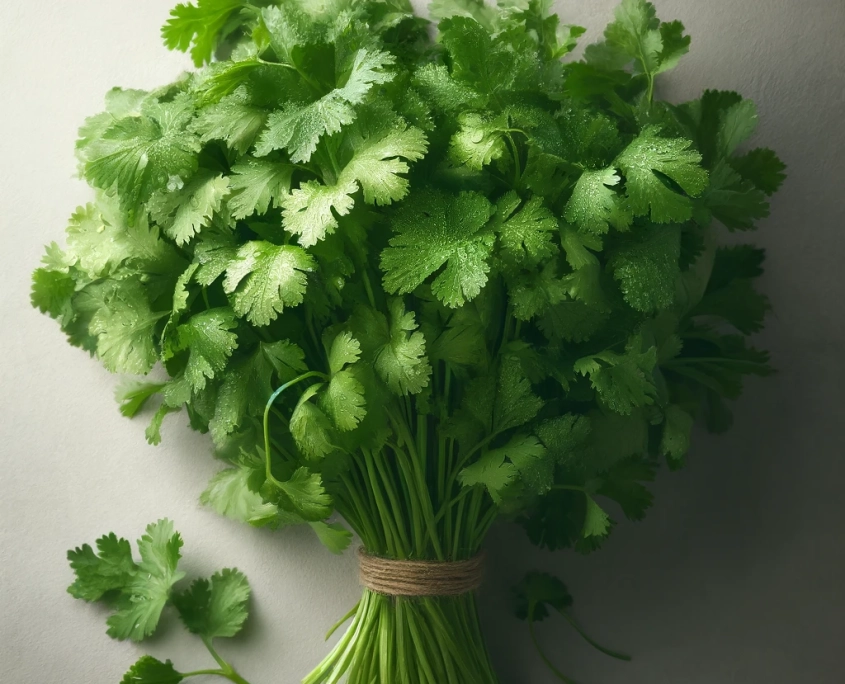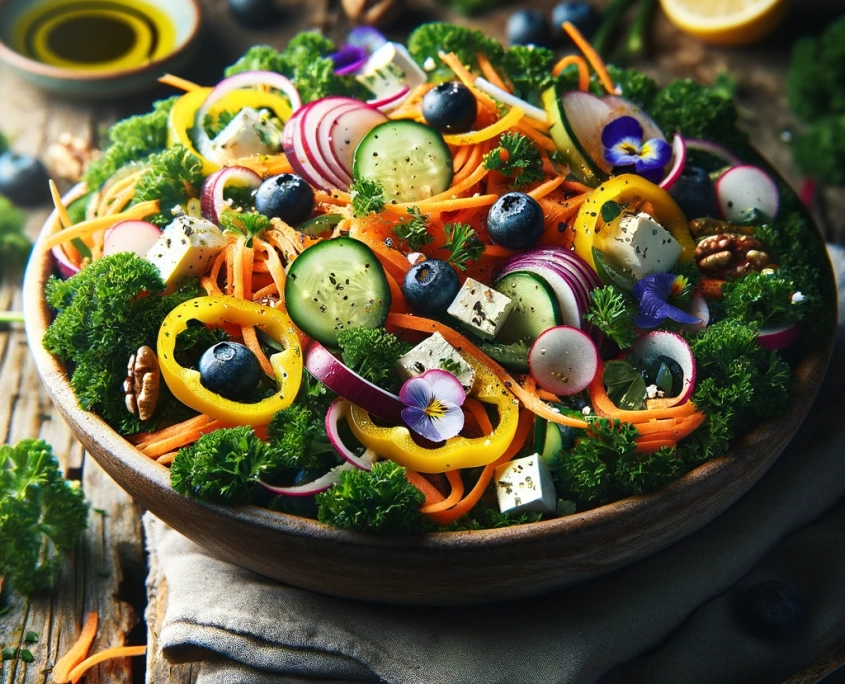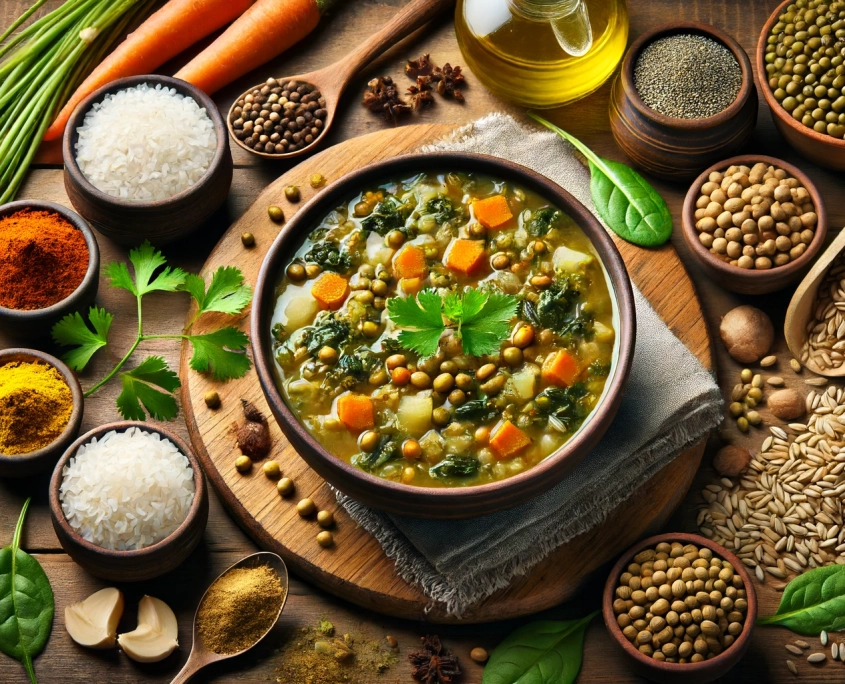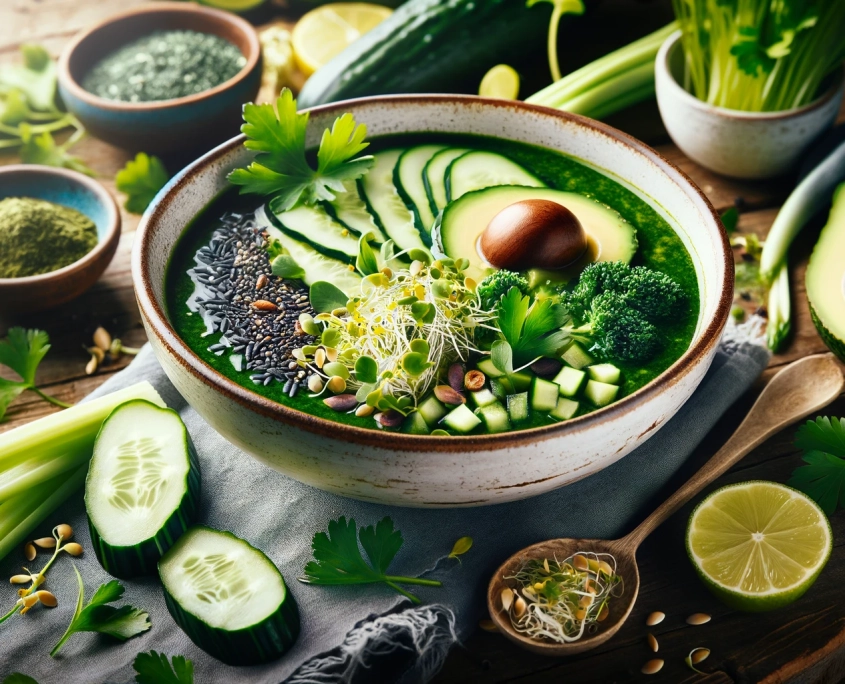
Why Make Gelatin Gummies?
Gelatin gummies are a fun, tasty, and easy way to boost your intake of high-quality protein and amino acids. They offer numerous health benefits, including:
Digestive Health: Gelatin supports gut health by promoting a healthy lining in the digestive tract.
Joint and Bone Health: The collagen in gelatin can help maintain joint and bone health.
Skin, Hair, and Nail Health: Gelatin provides essential amino acids that are beneficial for skin elasticity, hair strength, and nail growth.
Mood and Sleep: Glycine in gelatin has calming effects, which can improve sleep quality and mood.
Children’s Nutrition: These gummies can be a great way to add more protein to a child’s diet, especially if their diet is high in carbohydrates and sugars.
Understanding Gelatin and Collagen Hydrolysate
Gelatin is the cooked form of collagen, a protein found in animal connective tissues. When collagen is cooked, it turns into gelatin. Further processing (hydrolysis) of gelatin creates Collagen Hydrolysate, also known as Collagen Peptides. Both forms are highly beneficial but differ in their uses:
Gelatin: Needs to be “bloomed” (dissolved with heat) and will gel once cooled. Ideal for making gummies, jellies, and custards.
Collagen Hydrolysate: Dissolves in cold liquids and does not gel. Perfect for adding to beverages like coffee, tea, or smoothies.
Nutritional and Therapeutic Benefits
Gelatin and Collagen Hydrolysate provide a unique amino acid profile that is different from muscle meats. They contain minimal amounts of cysteine, methionine, histidine, and no tryptophan—amino acids that are associated with inflammation and other health issues. Instead, they are rich in glycine and proline, which offer numerous benefits:
Anti-Inflammatory: Glycine is hydrophilic (hydrating) and supports anti-inflammatory processes.
Gut Health: Helps heal the intestinal lining, aiding in the treatment of “leaky gut” and allergies.
Liver Protection: Supports liver detoxification and prevents oxidative damage.
Hormonal Balance: Glycine opposes estrogen and supports progesterone, beneficial for hormonal health.
Skin and Joint Health: Promotes collagen production, reducing wrinkles and supporting joint cartilage regrowth.
Longevity: Restricting cysteine while increasing glycine can extend lifespan and reduce signs of aging.
Basic Gelatin Gummy Recipe
Ingredients:
1.5 cups full-fat milk or juice of your choice
2-3 tablespoons of grass-fed gelatin
Honey or maple syrup to taste
Optional: a dash of cinnamon for milk-based gummies
Instructions:
Bloom the Gelatin: Sprinkle the gelatin over the milk or orange juice in a saucepan. Let it sit for a few minutes until the gelatin has absorbed the liquid and becomes bloomed.
Heat Gently: Heat the mixture over low heat, stirring constantly, until the gelatin is fully dissolved. Avoid boiling.
Sweeten and Flavor: Add honey or maple syrup to taste. If making milk-based gummies, add a dash of cinnamon.
Pour and Set: Pour the mixture into molds or a baking dish. Refrigerate for at least 2 hours, or until fully set.
Enjoy: Once set, pop the gummies out of the molds and enjoy!
Variations
Milky Matcha and Vanilla:
Replace full-fat milk with milk and add a teaspoon of matcha powder and a splash of vanilla extract.
Milk, Honey, and Ceylon Cinnamon:
Use the base milk recipe and add extra honey and a generous pinch of Ceylon cinnamon.
Orange Juice and Honey:
Use orange juice as the base and sweeten with honey.
Cacao, Coffee, and Honey:
Use milk as the base, add a tablespoon of cacao powder, a teaspoon of instant coffee, and sweeten with honey.
How to Incorporate Gelatin into Your Diet
Bone Broths: Include bone broths made from gelatinous cuts like oxtails, lamb necks, and chicken necks. Simmer for no longer than 3-4 hours to preserve delicate amino acids.
Balanced Meals: Combine muscle meats with gelatin-rich foods, such as sipping bone broth or making a jelly to accompany meals.
Desserts and Snacks: Use gelatin in custards, mousses, panna cottas, and homemade marshmallows. Mix it with fresh fruit juices to make jellies or chewy treats.
Daily Supplement: Start with 1 tablespoon of gelatin daily. If consuming a large serve of meat, have 5-10 grams of gelatin at the same time for balanced amino acid intake.
Collagen Hydrolysate: Add to beverages like coffee, tea, or smoothies. It won’t gel, making it convenient for daily use.
Conclusion
Homemade gelatin gummies are a versatile, healthy addition to your diet. They provide essential amino acids, support gut health, improve skin and joint health, and offer anti-inflammatory benefits. By incorporating both gelatin and collagen hydrolysate into your meals, you can enjoy a balanced, nutrient-rich diet that supports overall well-being.







